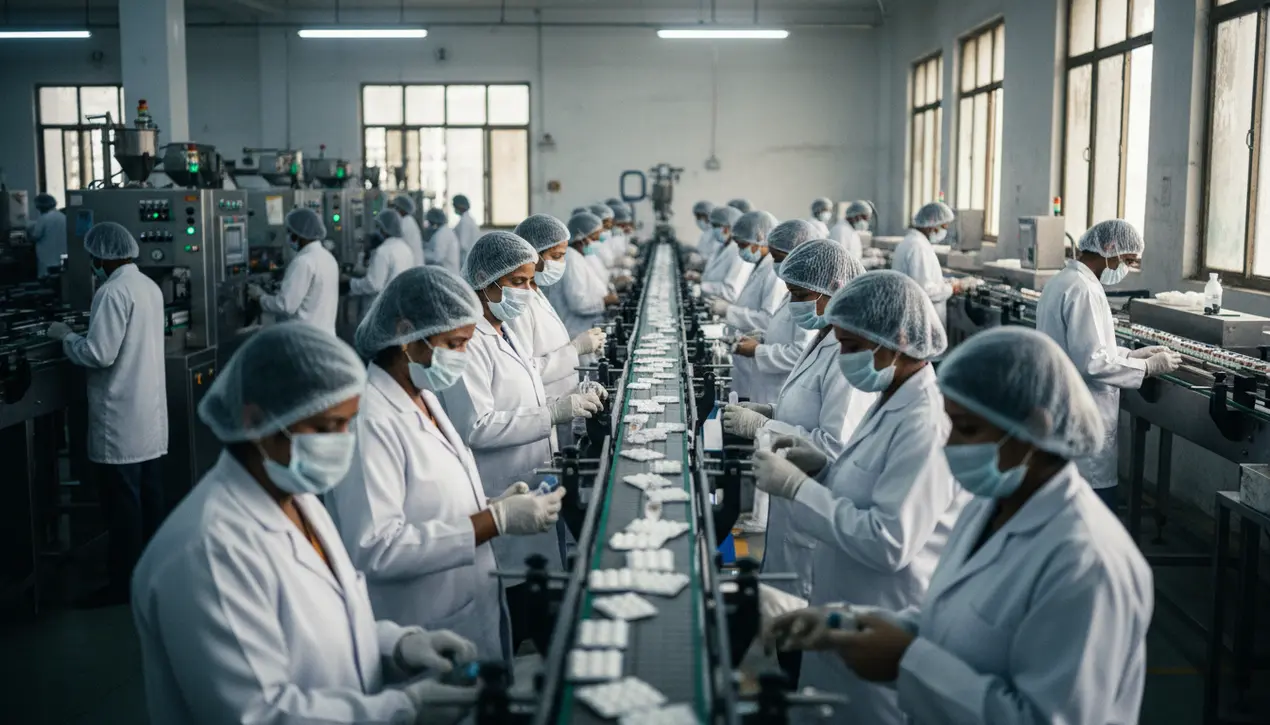
SciencemedicineGlobal Health Policy
India's drug industry saved the world once. Can it do it again?
KE
Kevin White
2 hours ago7 min read
The phone call that came just before midnight in early February 2001 was not merely a disruption to Yusuf Hamied’s dinner party in Mumbai; it was the catalyst for a seismic shift in global public health. The New York Times reporter on the line was verifying a stunning rumor: Was Hamied’s company, Cipla, truly offering a cutting-edge HIV antiretroviral cocktail for just one dollar a day? At a time when the disease was claiming three million lives annually and the standard treatment cost a prohibitive $10,000 to $15,000 per patient, this offer was nothing short of revolutionary.The confirmation, splashed across the front page the next morning, sent shockwaves from Washington to Geneva, fundamentally altering the calculus of the AIDS crisis. Cipla’s bold move to provide the triple-drug therapy to Doctors Without Borders for a mere $350 per year—a 97 percent price cut—didn't just make headlines; it dismantled the economic barriers that had sentenced millions to death.This was the moment India’s generic pharmaceutical industry, long operating in the shadows of Western patent law, erupted onto the world stage, becoming the indispensable backbone of the global HIV response. The subsequent launch of the U.S. President's Emergency Plan for AIDS Relief (PEPFAR), a $15 billion initiative, was supercharged by this newfound access to affordable generics, with a Government Accountability Office report crediting Indian manufacturers with saving the program nearly a billion dollars early on and driving treatment costs down to under $45 a year in some regions today.But this miracle was not an accident; it was the deliberate outcome of a decades-long, defiant industrial policy. India’s journey to becoming the 'pharmacy of the world' began with its 1970 Patents Act, a masterstroke of legislative ingenuity that abolished product patents for drugs, allowing domestic firms to legally reverse-engineer medicines by developing novel manufacturing processes.This framework, combined with external catalysts like the U. S.Hatch-Waxman Act of 1984 and the WHO’s prequalification program, created a perfect storm for generic dominance. However, this hard-won position, defended in a landmark legal battle against Novartis over the cancer drug Glivec that upheld India’s strict patentability standards, is now under threat from within.The very system built for low cost is revealing catastrophic flaws, with contaminated cough syrups from Indian manufacturers linked to the deaths of over 140 children in the Gambia and Uzbekistan, exposing a fractured regulatory apparatus and, as whistleblower Dinesh Thakur suggests, a two-track quality system where standards for export often surpass those for domestic and developing-world markets. The world’s implicit bargain—tolerating a system optimized for the lowest price in exchange for a flood of lifesaving medicines—is fracturing just as demand is set to explode.The coming decade will see patents expire on complex biologic blockbusters like Ozempic, opening a $100 billion market, while the global disease burden shifts toward chronic conditions like diabetes and heart disease. Yet India’s industry, built on small-molecule chemistry, is perilously ill-prepared for this new frontier of biologics, cell therapies, and mRNA vaccines, where reverse-engineering is vastly more complex.While China has made biotech a national priority, now accounting for roughly 30 percent of molecules licensed by Big Pharma, India’s R&D investment languishes at around 7 percent of sales for its pharmaceutical firms, a fraction of the 20 percent typical in the West. The question is no longer whether India can manufacture the world's drugs, but whether it can evolve from a pharmacy of yesterday's generics into an innovator and a reliable, quality-focused producer of tomorrow's complex medicines. The future of global health access depends on it.
#India
#pharmaceuticals
#generic drugs
#global health
#regulation
#quality control
#featured
Stay Informed. Act Smarter.
Get weekly highlights, major headlines, and expert insights — then put your knowledge to work in our live prediction markets.
Related News
Comments
Loading comments...
© 2025 Outpoll Service LTD. All rights reserved.